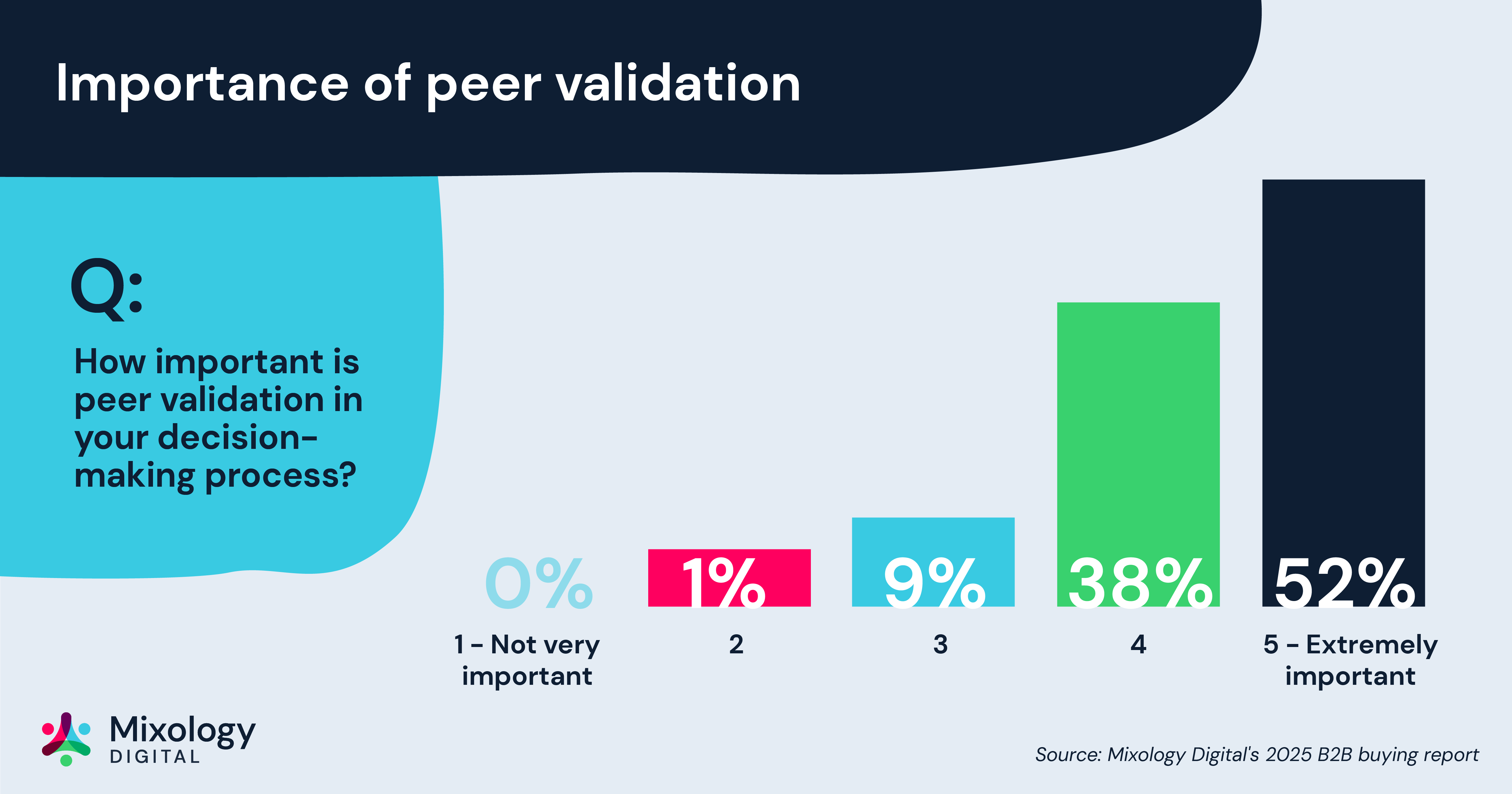Does social proof work on Sign Up pages?
In a B2B context, it’s no surprise that buyers expect to find social proof on your website. Going in blindly into a purchase happens all the time for consumer goods, where the costs and risks are low. But buying software for a company, let alone an enterprise, is the polar opposite.
Written by Dawid ZimnyB2B buyers DEMAND social proof. They want to see quotes from your clients, ratings from review sites, case studies proving your capabilities, and more. While this is common knowledge, the issue is that not every B2B website uses these assets correctly.
In this article, we’re asking whether trust signals work on Sign Up pages – and if they do, what kind of social proof works?
Sign Up page in the user journey
Whether it’s a SaaS Sign Up page or a B2B lead gen page, we need to remember that these pages are visited mostly by warm prospects. Even if your user journey is extremely short and direct, like the ones of our clients at Courier Exchange & Haulage Exchange, the page doesn’t need to appeal to people who are just browsing.
The sole purpose is to convert the traffic that is ready to convert. If people land on the page unconvinced, the issue is elsewhere. You shouldn’t create suboptimal conversion pages because of issues elsewhere on the site.
Do trust signals work on Sign Up pages?
Based on the above, the short answer is no – social proof doesn’t work on Sign Up pages. That’s the generalised answer. And there’s indirect data to back it up. The people at DoWhatWorks have analysed several A/B tests of social proof on pricing pages and the vast majority of companies have reverted to the version without trust signals. Pricing pages are naturally before Sign Up in the user journey, so it’s even less likely that social proof would work at a later stage of the funnel.
Why social proof doesn’t work
There are a few reasons why it doesn’t work on Sign Up pages. First of all, it doesn’t align with the purpose of the page. While it makes sense from YOUR point of view to reassure people before they sign up, your prospects aren’t actually looking for trust signals. Their only goal is to Sign Up, and if they weren’t convinced before, it’s too late to change that.
The second issue is that B2B sites often choose the wrong trust signals. These days, people trust review sites like G2 and Capterra less and less. The sites work in a similar way to Google or Amazon, where paid listings reign supreme.
These review sites also push for quantity, which means businesses incentivise their buyers to leave a positive review. It takes a lot of effort for a prospect to verify whether your rating is relevant to them, and they often choose to simply not do it and ignore your 4.9/5 score.
And while only 16% of respondents have cited peer recommendations and reviews as a top three buying factor in the research by Mixology Digital, there’s more to it if we keep peeling that onion.
53% of people have said that reputation and trustworthiness are in the top three, while a whopping 90% have still rated peer reviews at least 4 out of 5 on the scale of importance.

What to do instead to increase the conversion rate of your Sign Up page?
In our article with tips to convert more on a SaaS Sign Up page, NOT using social proof is one of those ways. Seriously, our recommendation is to delete social proof if you have it there. The same goes for other BOFU pages, such as the Pricing page we mentioned before, citing research from DoWhatWorks.
Outside of the Sign Up page, you absolutely still need to use social proof. It has considerable impact proven by studies about digital psychology in web design and online marketing. It’s just that the Sign Up page isn’t the right place to use it.
Originally published Sep 29, 2025 5:55:43 PM, updated September 29 2025.

